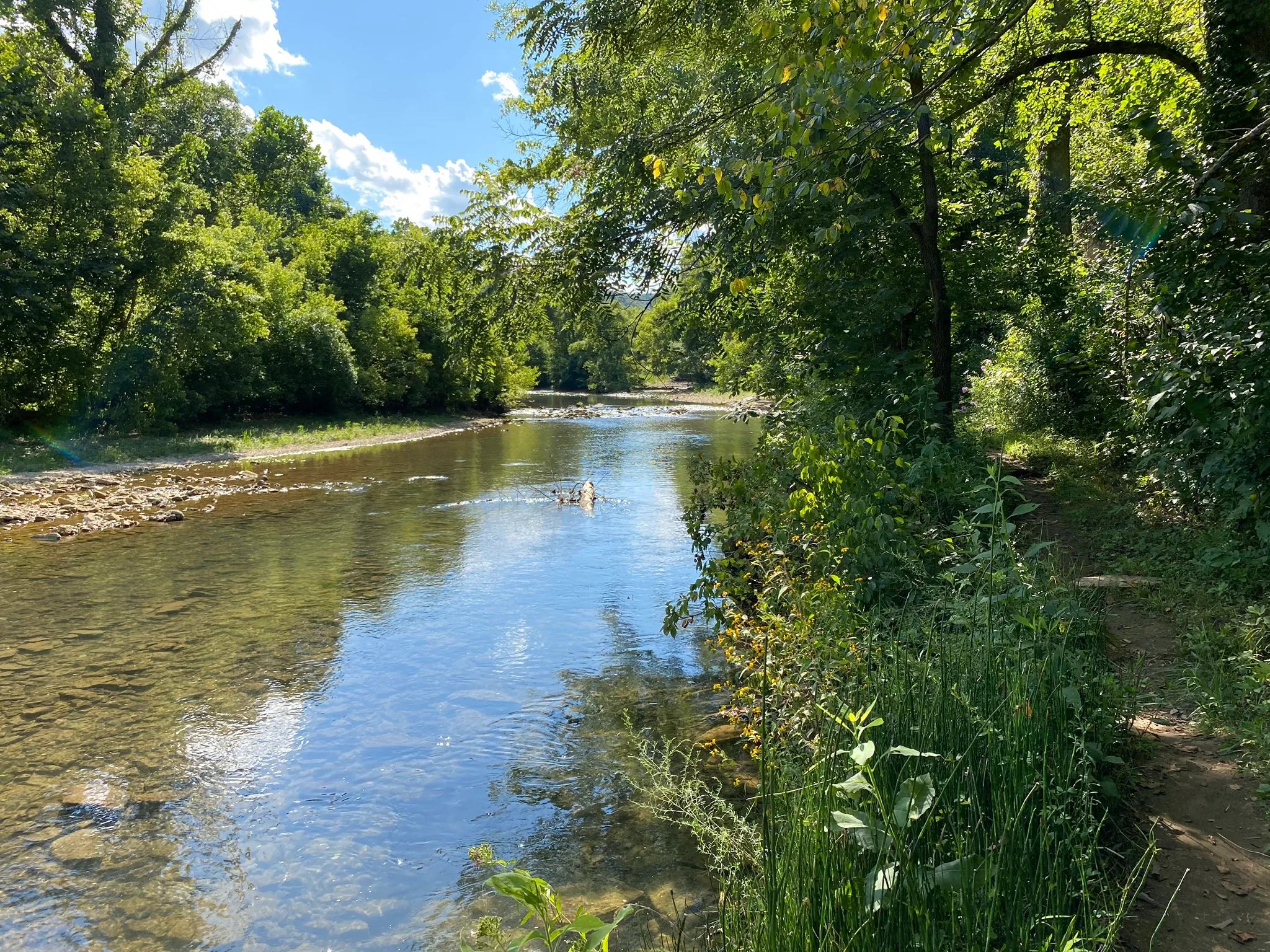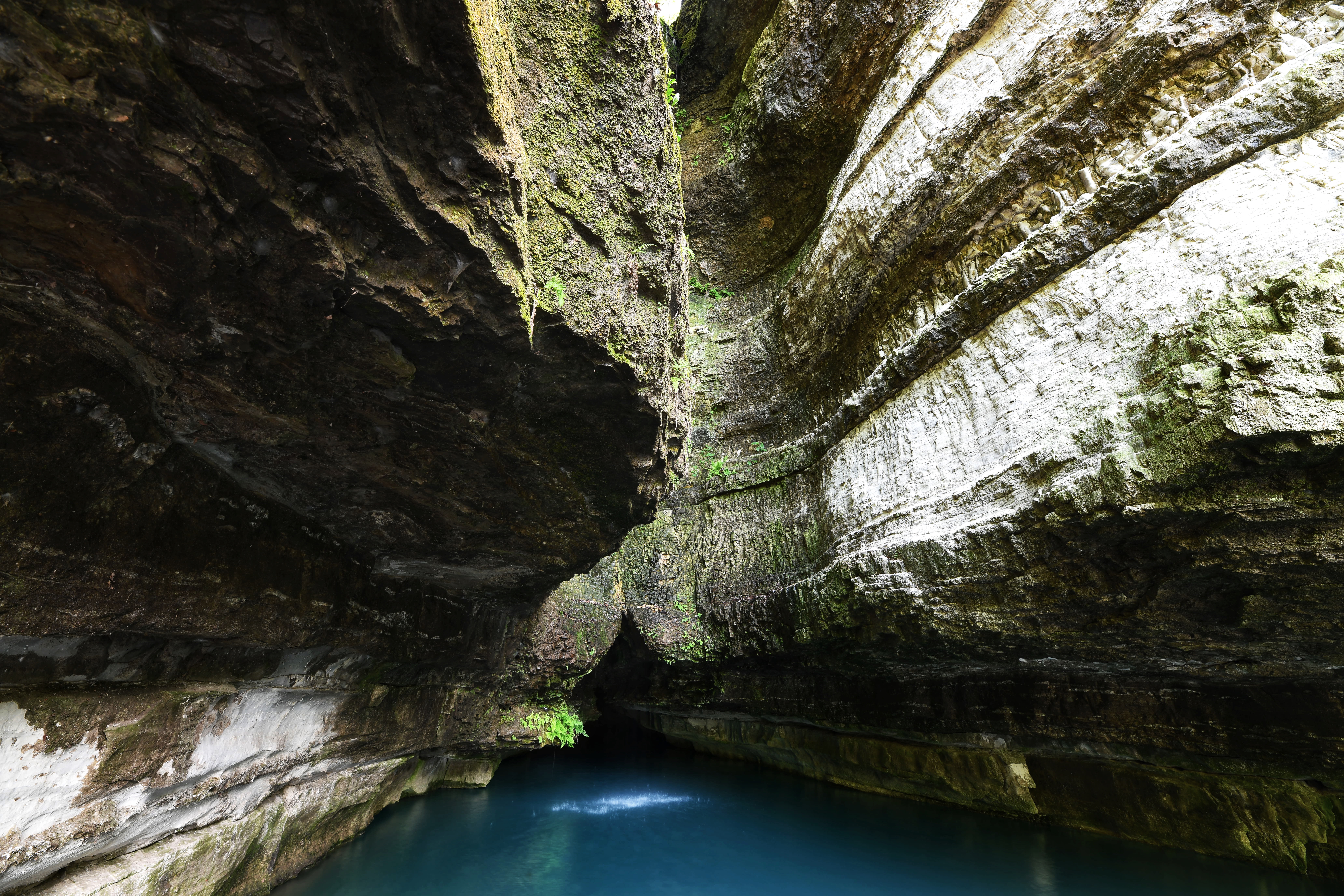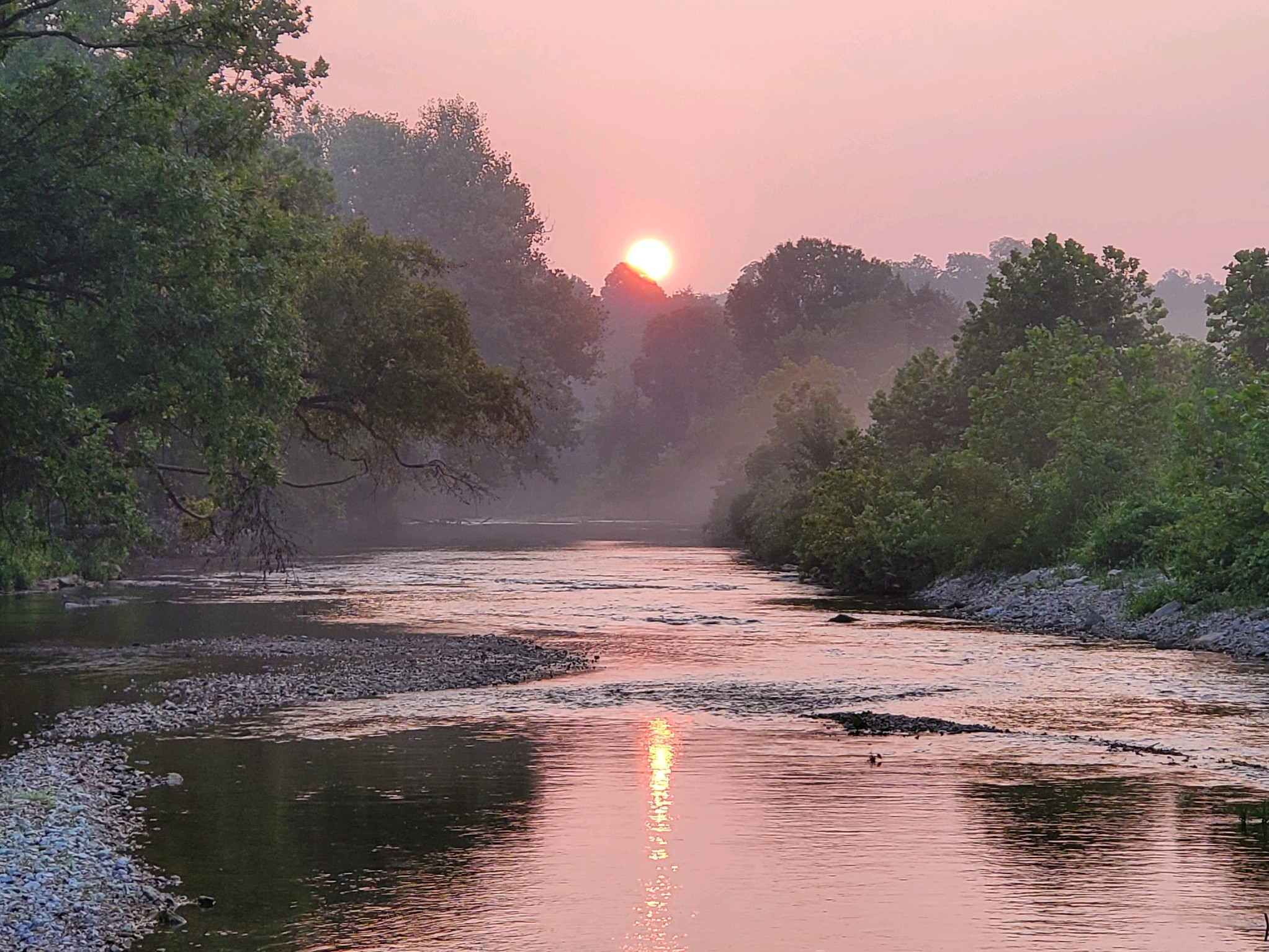By the early 1900s, Roaring River had been discovered as an ideal place for fishing retreats. In 1928, Thomas Sayman, a St. Louis businessman, bought 2,400 acres surrounding the river and, within a month, donated the land to the state. Many of the park’s existing facilities were built by the Civilian Conservation Corps (CCC) in the 1930s, including some of the buildings that make up Camp Smokey, the park’s organized group camp. Today, the Missouri Department of Natural Resources administers the park.




